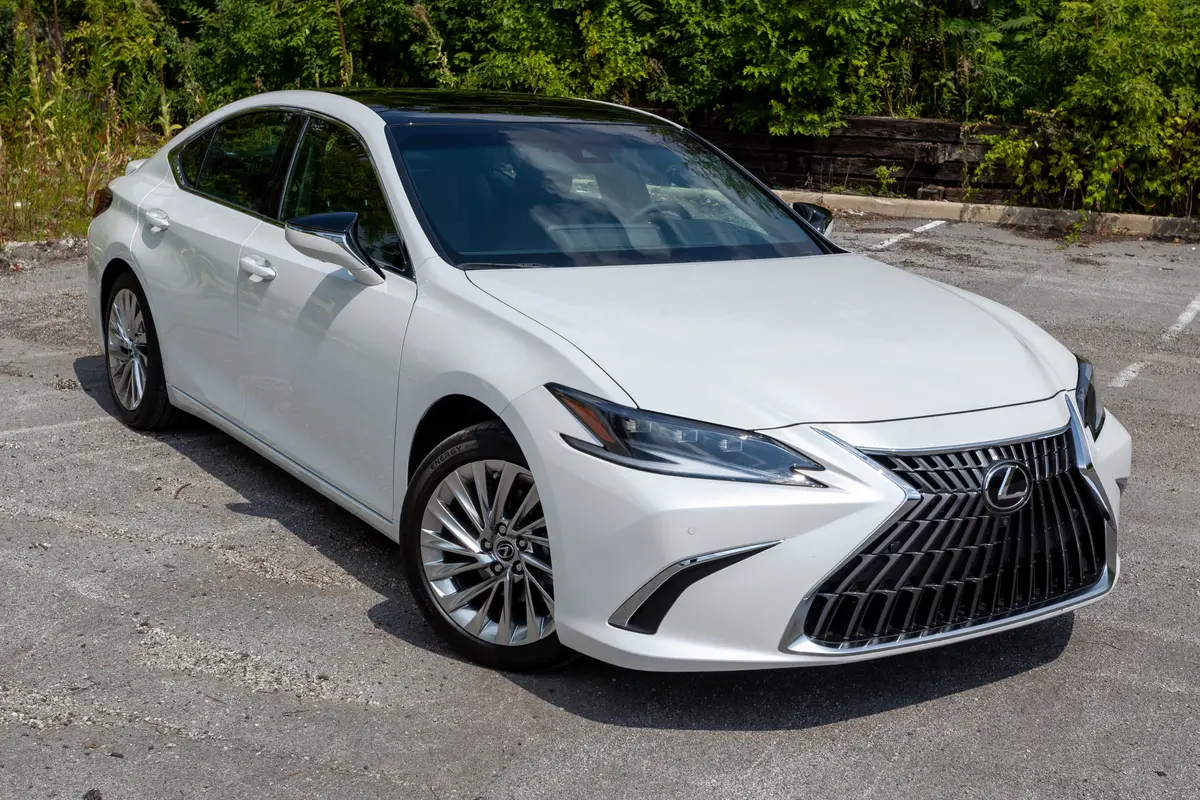For generations, the family sedan has been more than just a daily driver—it’s often the car that gets passed down to a teenager, a college student, or even a second owner in the family. The best sedans aren’t just comfortable and efficient; they’re built to last.
With proper care, they can deliver hundreds of thousands of miles, remaining safe, reliable, and affordable to maintain along the way. These are the vehicles that become family staples, delivering value well beyond their sticker price.
On the flip side, not all sedans age gracefully. Some begin to falter just after their factory warranties expire, leaving owners to deal with expensive repairs, unreliable electronics, and premature mechanical failures.
These models may look promising at first, but under the surface, they’re ticking time bombs—often built with cost-cutting parts or overly complex systems that don’t hold up under real-world stress.
In this breakdown, we’ll look at both extremes of sedan reliability. First, the sedans that are so well-built and mechanically sound, they’re practically made to be handed down.
Then, we’ll explore the ones that might seem like a good deal—until the warranty runs out and you’re left footing the bill for a lemon.
Also Read: 5 Cars Rated Best for First-Time Buyers and 5 Giving New Drivers Fits
5 Sedans That Can Be Passed Down
A truly great sedan doesn’t just serve one owner—it serves multiple generations. These are the cars that get bought new by parents and end up with their kids in high school or college.
They’re the models that rack up miles without complaint, offering reliability, low maintenance costs, and performance that holds up well over time.
And in today’s world of high car prices, buying a sedan that lasts long enough to pass down isn’t just smart—it’s financially essential.
What sets these sedans apart? It starts with build quality and mechanical simplicity. These vehicles avoid unnecessary complexity and instead rely on proven engines, durable transmissions, and long-lasting components.
They have interiors that resist wear, electronics that don’t glitch after a few years, and drivetrains that remain smooth and dependable even after crossing six-digit mileage.
But reliability is only part of the equation. These sedans also tend to have wide parts availability, solid safety scores, and reputations that make mechanics and parents trust them.
Whether they’re used for commuting, errands, or long road trips, they just work—and keep working. And when the time comes to hand the keys to a new driver, there’s comfort in knowing that what you’re passing down is a known quantity, not a mechanical gamble.
In this section, we’re showcasing five sedans that have built a reputation for going the distance—and doing it with minimal drama.
These aren’t the flashiest or fastest models on the road, but they represent the kind of vehicle you can own for a decade, maintain with confidence, and then proudly hand off knowing it’ll keep doing its job.
1. 2012–2017 Toyota Camry
If you had to choose one sedan to last through a parent’s daily commute and then survive a teenager’s first driving years, the 2012–2017 Toyota Camry is about as close to a sure bet as you can get.
Built during the seventh generation of the Camry’s legacy, this sedan represents everything Toyota is known for: long-term durability, low-cost maintenance, and mechanical simplicity that stands up to real-world wear.
At its core, the Camry offers two primary engine choices: the 2.5L 4-cylinder (2AR-FE) and the 3.5L V6 (2GR-FE).
The 4-cylinder is especially notable for its bulletproof reputation, routinely lasting well past 200,000 miles with nothing more than routine oil changes, coolant flushes, and occasional spark plugs.
The 6-speed automatic transmission is similarly tough—no CVT worries here—and rarely suffers from any major issues.
Interior materials may be conservative, but they hold up surprisingly well. The seats resist wear, the controls don’t peel or break, and the touchscreen interface, while basic, doesn’t suffer the electrical gremlins found in more complex infotainment systems. It’s a car built for function over flash, and that’s exactly why it’s so dependable.
Safety also makes the Camry easy to pass down. Standard stability control, multiple airbags, and good crash-test ratings mean you’re not compromising protection just because the car is older.
Toyota’s extensive dealership network and aftermarket support also make finding affordable parts and repairs easy, even in rural areas.
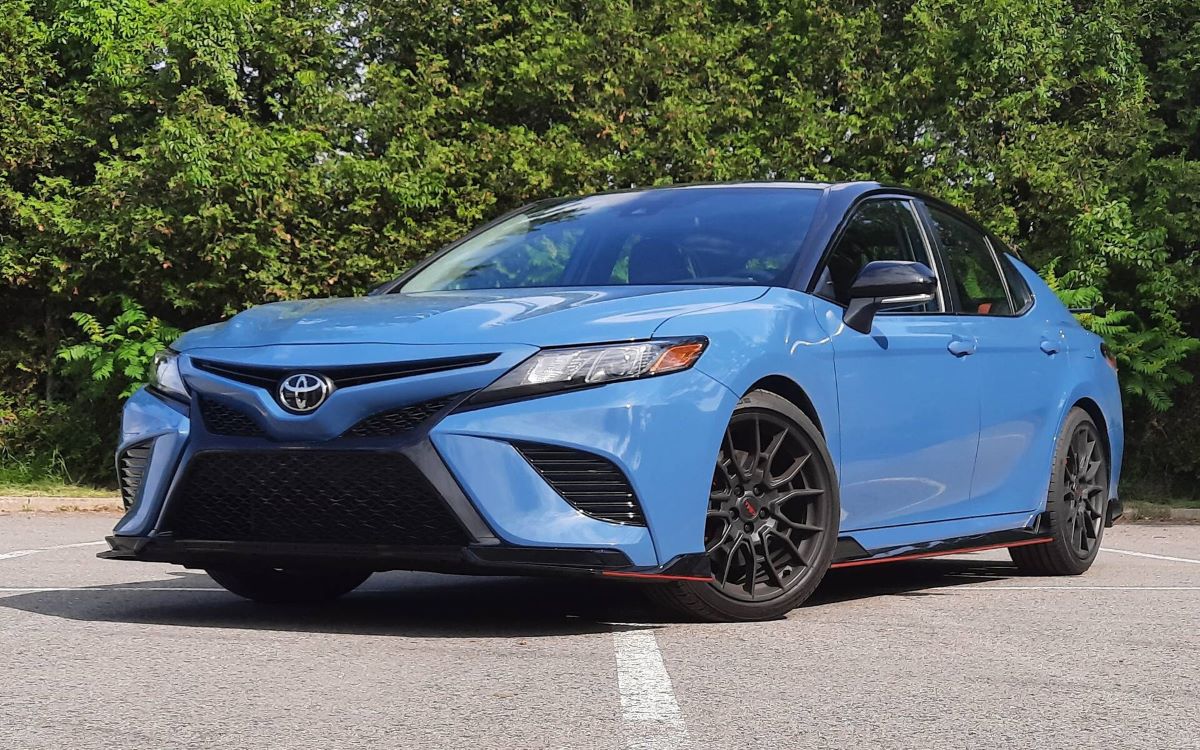
We’re highlighting the 2012–2017 Camry because it’s the kind of sedan that parents can hand over to their kids with confidence.
It’s not exciting, but that’s the point—it’s reliable, predictable, and forgiving of both age and inexperienced drivers. It doesn’t tempt speeding, and it won’t leave anyone stranded on the side of the road if it’s been even modestly cared for.
Whether you’re the first owner or the third, this Camry is built to serve you just as reliably. That’s what makes it one of the few modern sedans that’s truly designed to be passed down—a machine engineered for the long haul, one dependable mile at a time.
2. 2011–2016 Honda Accord
The 2011–2016 Honda Accord earns its place on this list because it offers the perfect blend of reliability, performance, and practicality.
Whether you opt for the reliable 4-cylinder or the more spirited V6, this generation of Accord delivers a driving experience that holds up even after years of use—and it rarely complains, even with 150,000 miles or more on the odometer.
The 2.4L 4-cylinder engine (K24 series) is the true workhorse of this generation. Known for its durability and efficiency, it’s capable of routinely reaching 250,000+ miles with regular maintenance.
Timing chains (not belts), smooth-shifting transmissions, and robust cooling systems make it easy to keep this car on the road long after the loan is paid off. Meanwhile, the optional 3.5L V6 provides more power without sacrificing longevity, and it too has built a reputation for toughness.
Inside, the Accord was built to a higher standard than many of its midsize peers. The cabin is spacious, ergonomic, and remarkably durable.
Even after a decade, buttons still click properly, leather seats resist major wear, and the dashboard materials don’t crumble or fade like those in cheaper competitors. Visibility is excellent, and the driving position makes it a great choice for new drivers.
One of the most valuable traits of this Accord generation is its consistency. There are no major weak points—no problematic sensors, no infamous oil burners, and no hybrid complexity (unless you seek it out).
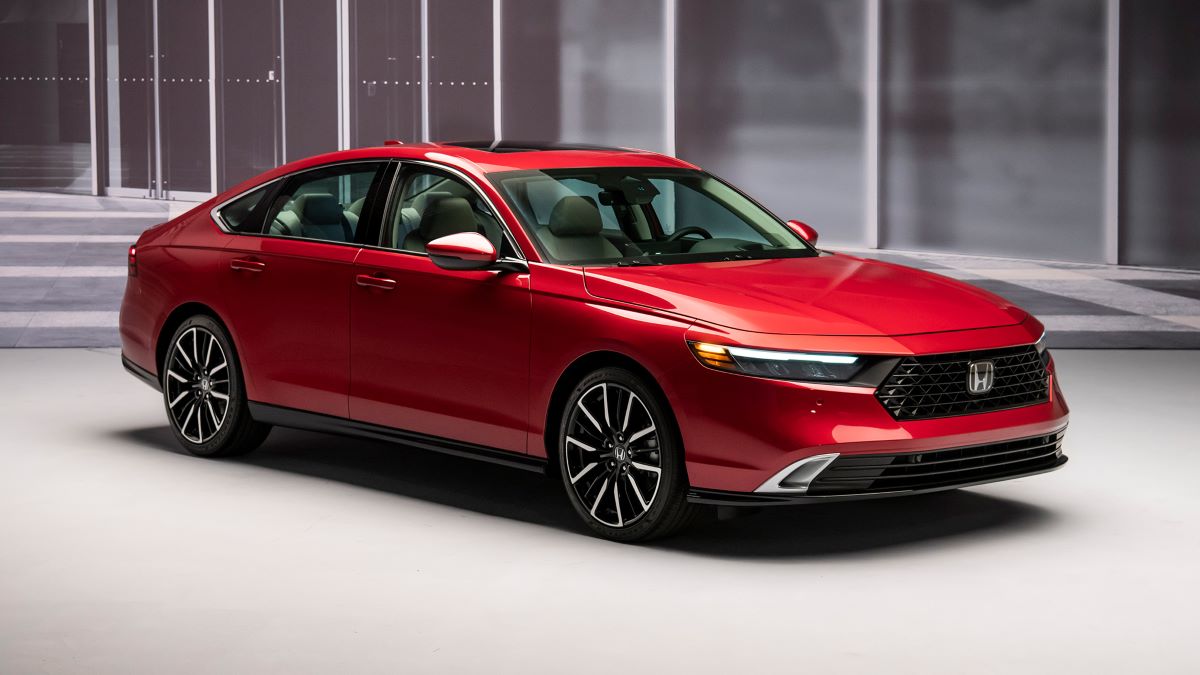
Maintenance is straightforward, parts are widely available and cheap, and most independent mechanics know this car like the back of their hand.
We’re including the 2011–2016 Accord because it’s more than just a reliable sedan—it’s a car that grows with your family.
From daily commuting to long road trips, and eventually to becoming someone’s first car, it adapts without ever feeling outdated or worn-out. Its resale value is solid, and its real-world reputation is even better.
When you want a sedan that can handle the years—and multiple drivers—without turning into a burden, the Honda Accord is a time-tested solution that’s built to be passed down.
3. 2010–2014 Subaru Legacy (Non-Turbo)
If you’re looking for a family sedan that’s not only reliable but also handles tough weather conditions with ease, the 2010–2014 Subaru Legacy (non-turbo models) is a standout pick.
With standard all-wheel drive, a reputation for mechanical durability (especially with the 2.5L non-turbo engine), and a cabin built to handle everyday life, the Legacy is the kind of car that stays in the family for a long time—and still runs strong when it’s time to hand it down.
The 2.5L naturally aspirated flat-four engine (EJ25) in this generation of Legacy is simple, efficient, and—when properly maintained—highly dependable.
Paired with either a manual or a continuously variable transmission (CVT), it delivers enough power for daily use without being overworked. The CVT in earlier years had a few issues, but 2012 and later models featured improved designs that held up well with regular fluid changes.
What makes the Legacy unique in this category is its standard all-wheel drive, making it ideal for families living in regions with snow, rain, or rough roads.
It provides confidence in all seasons and eliminates the need for an SUV just to get through winter. Despite its AWD hardware, the Legacy still offers competitive fuel economy and a comfortable ride.
Inside, Subaru focused on function over flair. The controls are simple and durable, visibility is excellent, and even base models came with features like Bluetooth, heated seats, and solid crash safety ratings.
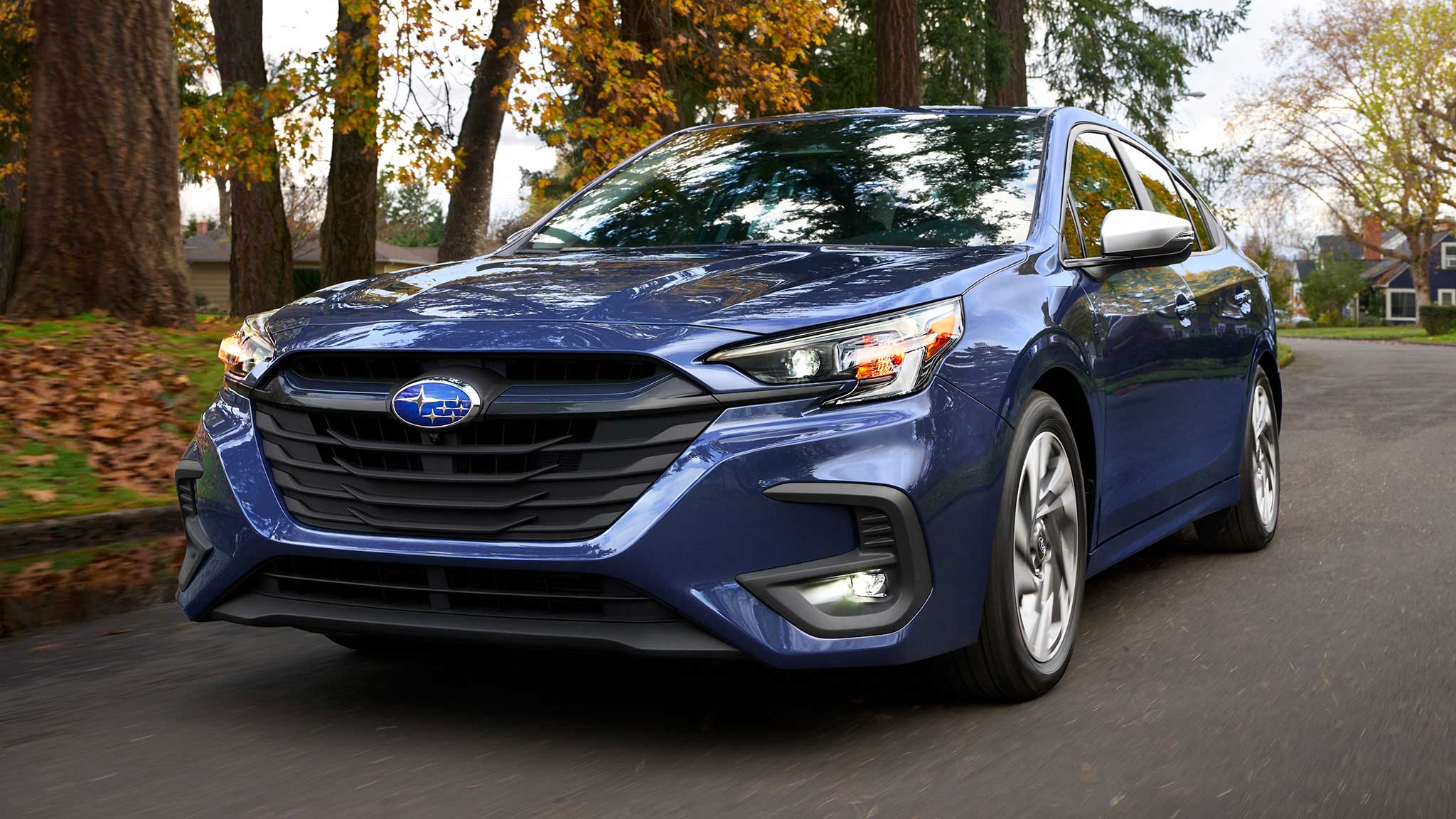
The materials may not feel luxurious, but they’re built to last—perfect for a car that will see years of backpacks, muddy shoes, and family road trips.
We’re including the 2010–2014 Legacy because it hits the sweet spot between reliability, practicality, and real-world versatility. It’s a car that won’t blow anyone away on the test drive, but that’s exactly the point—it just works, year after year.
And when it’s time to pass it down, you won’t be handing over a fragile, fussy machine—you’ll be handing over a tool that’s still ready to serve.
For all-weather families looking for a sedan that can keep up, the Legacy remains a durable, loyal companion.
4. 2009–2015 Lexus ES 350
When you think of a car built to be passed down, you might not immediately think “luxury sedan”—but the 2009–2015 Lexus ES 350 breaks the stereotype.
This Lexus isn’t about flashy performance or fragile high-end features; it’s about refined comfort, rock-solid reliability, and mechanical simplicity wrapped in an upscale package. That’s exactly what makes it one of the most pass-down-worthy sedans of the last two decades.
Under the hood, the ES 350 uses the same 3.5L V6 (2GR-FE) that powers many Toyota models, including the Camry and Highlander. This engine is widely known for its near-bulletproof reliability, easily reaching 250,000 miles with basic maintenance.
It’s smooth, quiet, and has more than enough power for everyday driving without ever feeling strained. Paired with a 6-speed automatic transmission that’s equally dependable, this drivetrain is one of the most low-maintenance setups in the luxury segment.
Where the ES shines is in the ownership experience. The interior is exceptionally well-built—soft-touch materials, real wood trim, and high-quality switches that still feel good even after a decade of use.
Seats are plush and supportive, the cabin stays quiet even at highway speeds, and features like dual-zone climate control, navigation, and optional Mark Levinson audio make every drive feel special, no matter how old the car is.
And yet, the ES 350 isn’t expensive to run. It uses regular fuel, doesn’t have air suspension or turbos to worry about, and shares many parts with the Toyota Camry, making repairs and maintenance far less expensive than other luxury sedans.
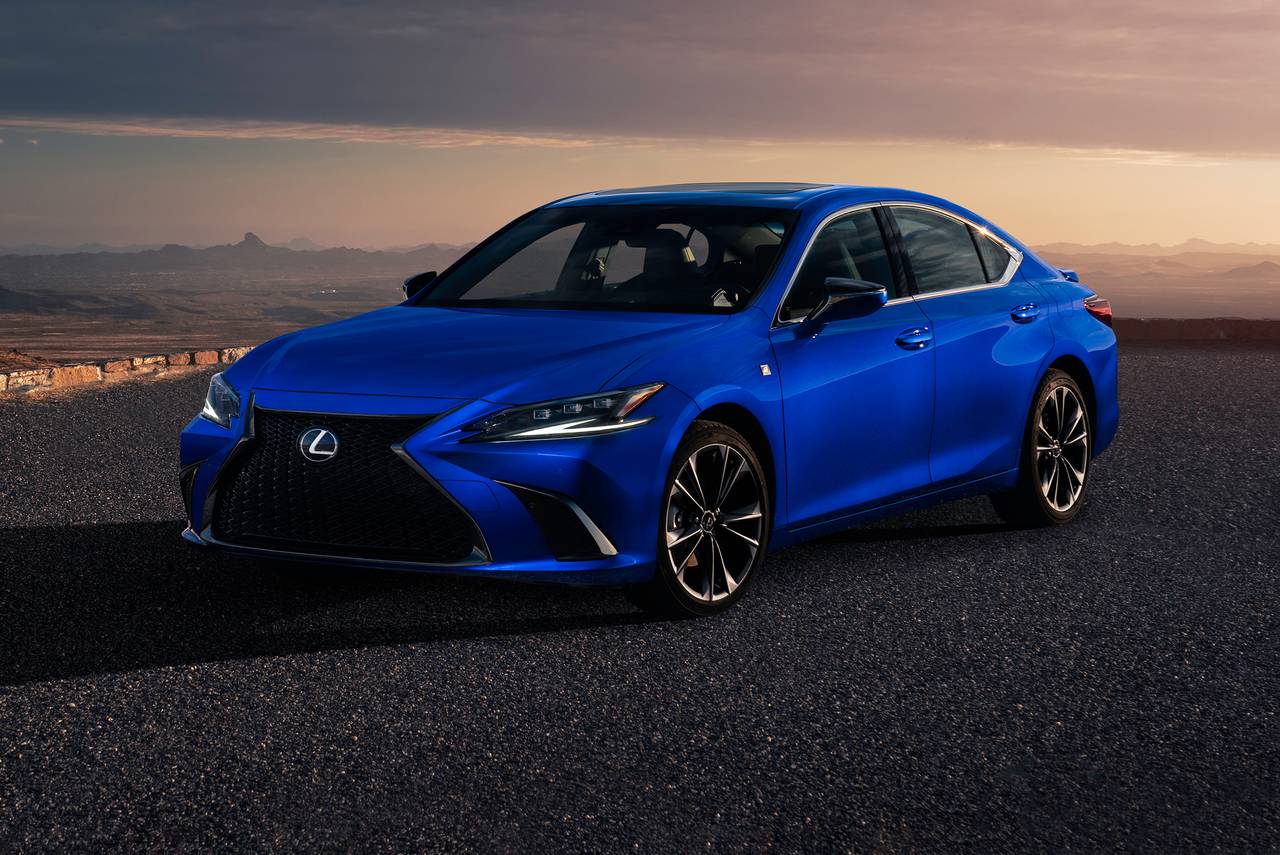
We’re including the 2009–2015 Lexus ES 350 because it offers something rare: luxury without liability.
It’s a car that can be handed down without turning into a financial burden, giving younger drivers comfort, safety, and reliability wrapped in a refined package. Even with high miles, these cars tend to feel and drive like they’re barely broken in.
For families who want a touch of class without sacrificing long-term peace of mind, this Lexus stands tall. It’s luxury you can trust—year after year, driver after driver.
5. 2012–2018 Mazda6
The 2012–2018 Mazda6 proves that a reliable, pass-down-worthy sedan doesn’t have to be boring.
Known for its sharp handling, sleek design, and dependable mechanics, this generation of the Mazda6 delivers both driving enjoyment and long-term value—making it a top pick for families looking to keep a car in circulation for many years.
Mazda’s 2.5L Skyactiv-G engine is the highlight of this model. It’s naturally aspirated (no turbo to fail), fuel-efficient, and surprisingly responsive. More importantly, it’s also very reliable.
When paired with either the 6-speed automatic or manual transmission, this powertrain has proven to hold up exceptionally well with routine maintenance. Many owners report reaching well past 200,000 miles without needing major repairs.
While some earlier Mazda models had rust issues or dated interiors, the 2012–2018 Mazda6 represented a turning point.
The build quality was dramatically improved, the cabin featured soft-touch materials and modern tech, and the design inside and out still holds up beautifully today. For a mid-size sedan, it offers refined style without the cost or complexity of luxury rivals.
What makes the Mazda6 especially attractive for long-term use is its drivability. It’s genuinely fun to drive, with responsive steering and a composed chassis that makes even daily commuting more engaging.
For newer drivers—especially teens or young adults—it offers a rewarding driving experience while still remaining safe, economical, and practical.
There are no hybrid systems to worry about, no CVT transmissions to fail, and no complicated electronics to sabotage longevity.
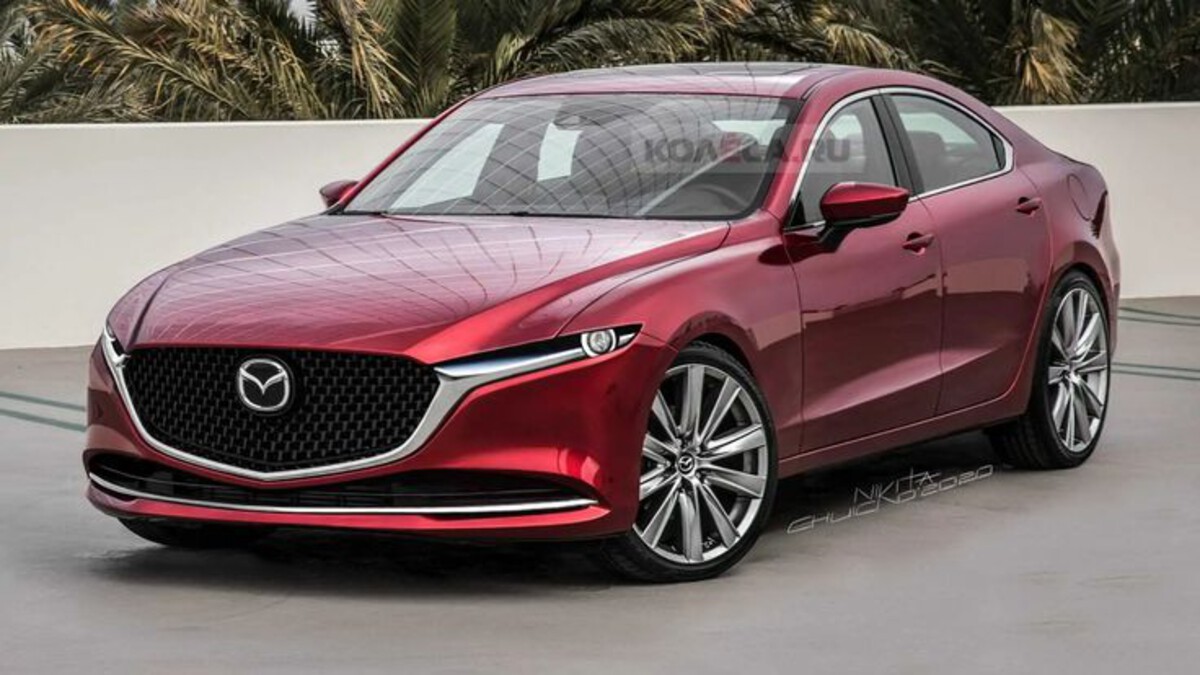
Basic maintenance is straightforward, and independent mechanics are more than comfortable working on this car. As a bonus, Mazda tends to keep things simple—making this a rare “driver’s car” that’s also cheap to own.
We’re including the 2012–2018 Mazda6 because it checks all the right boxes: reliable, stylish, affordable, and enjoyable.
It’s the sedan for the driver who appreciates the journey—but doesn’t want to pay for it with breakdowns and repairs.
When it’s time to pass it down, you won’t be handing off just a car—you’ll be passing along a vehicle that still feels modern, responsive, and ready for the road ahead.
5 Sedans That Break After Warranty
Not all sedans are built for the long haul. While many promise comfort, performance, and efficiency when new, a surprising number of them begin to unravel just after the warranty expires.
Whether it’s transmission failures, electrical gremlins, turbocharger issues, or fragile engines, these cars often lull owners into a false sense of security—until the repair bills start piling up.
Some of these sedans were praised when they first launched, winning awards for design or innovation. But beneath the surface, they were built with overly complex systems, cheap materials, or poorly tested technologies that didn’t age well.
Others came from brands chasing trends—like small-displacement turbos or dual-clutch transmissions—without ensuring those systems could survive daily abuse beyond the factory warranty.
What makes these cars even more frustrating is that their problems usually aren’t apparent until 60,000 to 80,000 miles, right when most powertrain warranties end.
That’s when owners start facing repeated check engine lights, costly repairs, and diminishing resale value. For families or individuals looking to own long-term—or hoping to pass the car down to a second driver—these sedans become liabilities instead of assets.
This section highlights five sedans that consistently disappoint in the long term, based on owner reports, mechanic feedback, and repair cost histories.
We’re writing about them not to shame the brands, but to help you avoid making a decision that might look smart at first—but costs you dearly after year four or five.
Let’s take a look at five sedans that might charm you while under warranty, but quickly wear out their welcome once you’re on your own.
1. 2011–2015 Ford Focus (Automatic Transmission Models)
The 2011–2015 Ford Focus was supposed to be Ford’s answer to compact-car dominance—a stylish, fuel-efficient sedan with European handling and a premium feel. And on the surface, it delivered.
With sleek styling, sharp road manners, and strong initial reviews, it looked like a budget-friendly sedan that could go the distance. But hidden under the hood was a fatal flaw: the PowerShift dual-clutch automatic transmission.
Marketed as an innovative fuel-saving technology, the PowerShift transmission was designed to feel like a manual with the convenience of an automatic.
Unfortunately, it was plagued by hesitation, shuddering, slipping, jerky gear changes, and premature wear—often starting within the first 30,000 miles and growing worse over time.
Ford issued numerous technical service bulletins and software updates, but they never solved the underlying mechanical problems.
While still under warranty, owners could have clutches and modules replaced—sometimes multiple times.
But once out of warranty, the Focus became a money pit. Transmission repairs cost $2,000–$4,000, often more than the car’s resale value. And because the problems weren’t isolated, many owners found little relief even after repeated fixes.
Beyond the gearbox, other issues began to surface as these cars aged. Electrical glitches in the infotainment system, power steering malfunctions, and premature suspension wear added to ownership headaches.
Interior components—like door latches, trim pieces, and power windows—also showed signs of cost-cutting, with reports of early failure or poor durability.
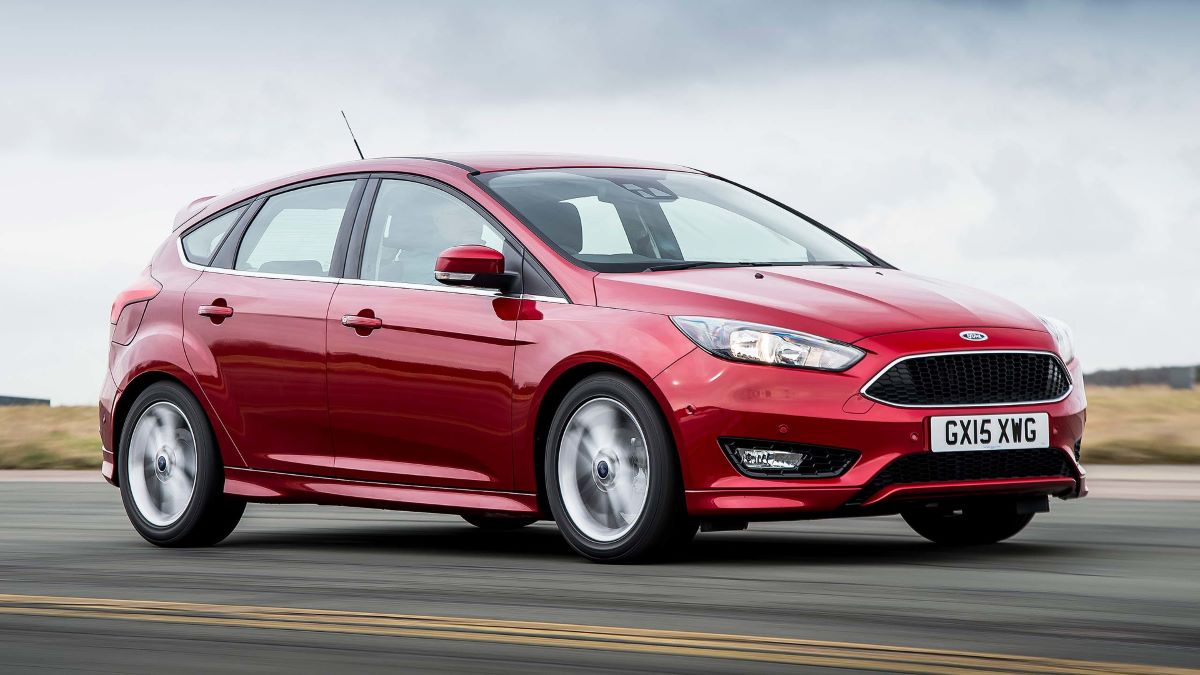
We’re including the 2011–2015 Ford Focus because it’s a textbook example of a car that fails just outside the warranty window.
For a first-time buyer or a family hoping to keep a sedan in the driveway long-term, it looks like a great value—until the transmission fails, and the car is either too expensive to repair or too broken to sell.
Today, many of these Focus sedans sit abandoned in repair shop lots or offloaded at auction, reminders that a clever design can’t save a car from poor engineering.
If you’re looking for a long-term companion, this is one compact sedan that should be avoided—especially in automatic form.
2. 2012–2016 Volkswagen Passat 1.8T / 2.0T
At launch, the 2012–2016 Volkswagen Passat seemed like a slam dunk. It had the clean, understated styling VW was known for, a spacious interior that rivaled midsize competitors, and a turbocharged engine lineup that offered peppy performance with solid fuel economy.
Unfortunately, while the design and driving experience won early praise, the mechanical reality started to crumble just outside the warranty window—especially for models powered by the 1.8T and 2.0T EA888 turbocharged engines.
The primary issue lies in the engine’s reliability and its supporting systems. These turbocharged engines suffer from a variety of long-term flaws: timing chain tensioner failures, oil consumption, coolant leaks, failing PCV valves, and turbocharger failures.
Many of these issues begin around 60,000–80,000 miles—conveniently just after powertrain warranties expire. A failed timing chain tensioner, for example, can result in catastrophic engine damage that costs more than the car’s value to repair.
Adding insult to injury, the automatic transmission (Tiptronic and DSG models) isn’t bulletproof either. DSG-equipped models require strict service intervals, and missed maintenance can lead to rough shifting or mechatronic unit failures.
Even with good service history, owners frequently report hesitation, clunking, or early transmission wear in higher-mileage examples.
Interior quality and electronics, while upscale at first glance, also begin to deteriorate sooner than expected.
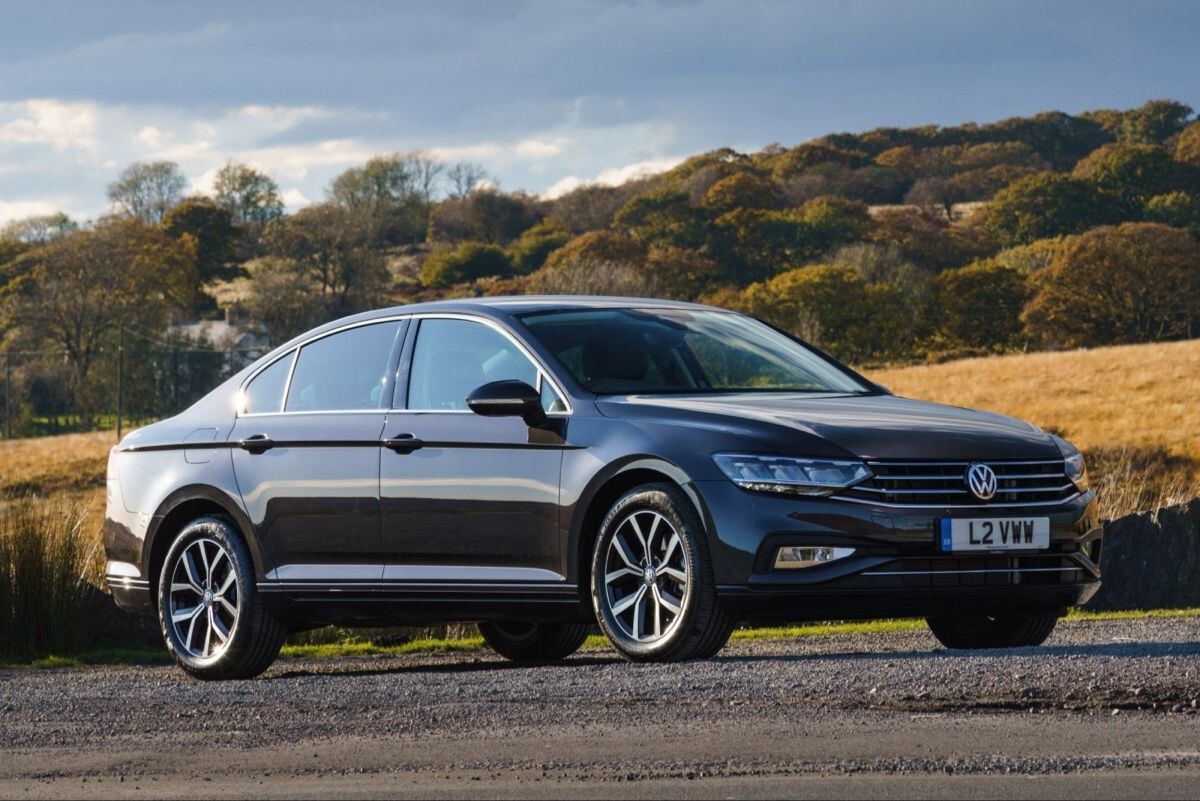
Infotainment units can glitch, power windows fail, and sensors for everything from the airbags to the backup camera seem to give up the ghost around the same time as the mechanical systems.
We’re including the 2012–2016 Passat because it represents a common trap: a sedan that drives well and looks sharp but quietly accumulates flaws that surface once the warranty ends.
While some enthusiasts swear by the driving dynamics, the ownership costs of these turbocharged Passats often outweigh the benefits—especially for anyone planning to keep the car beyond five years.
In the used market, they’re cheap for a reason. Without meticulous care and service records, most of these cars become expensive repair projects or parts donors. For budget-minded drivers or families, there are far better long-term options.
3. 2013–2017 Nissan Altima (2.5L CVT Models)
The 2013–2017 Nissan Altima is a familiar sight on American roads, and it’s easy to see why it became a popular choice. It offered roomy seating, decent fuel economy, and a smooth ride—all at an affordable price.
The 2.5L 4-cylinder engine appeared solid on paper, and the Altima’s styling took a more premium turn during this generation. But under that sleek exterior was a major problem: the Continuously Variable Transmission (CVT).
Nissan’s CVTs during this era were notoriously fragile. Drivers reported a long list of issues starting around 60,000–80,000 miles, just outside the powertrain warranty window.
These included shuddering, slipping, delayed engagement, overheating, and complete failure—often with little warning.
The problem was so widespread that Nissan extended the CVT warranty on some models, but many owners were still left footing the bill for a $3,500+ transmission replacement.
Beyond the transmission, the Altima wasn’t as rock-solid as its rivals in other key areas. Interior quality declined sharply after a few years—dash components warped, door handles broke, and upholstery wore out faster than expected.
Electrical gremlins, such as failing push-button start systems and faulty power windows, became common as these cars aged.
To make matters worse, the Altima’s resale value took a hit due to its long-term reliability reputation.
Mechanics frequently advise caution when buying high-mileage examples, and independent repair shops often charge more to work on CVTs due to their finicky nature and high failure rates.
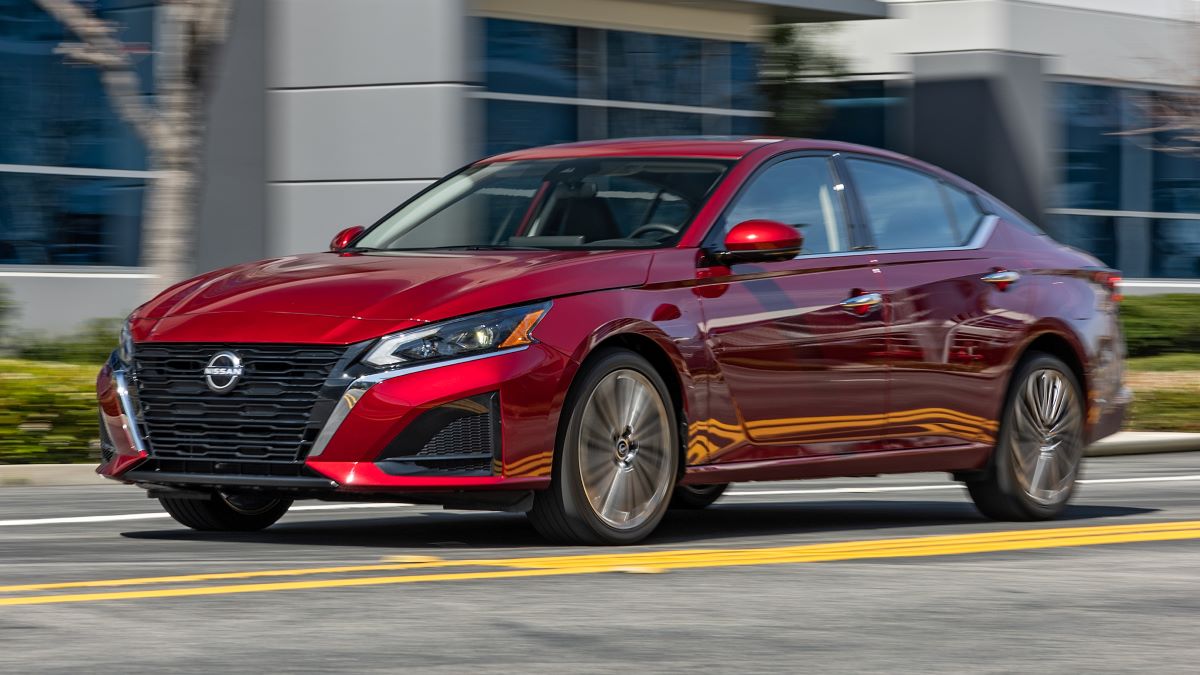
We’re including the 2013–2017 Altima because it serves as a classic example of a car that performs well when new but ages poorly and expensively.
For drivers expecting to keep their sedan past 100,000 miles—or hand it off to a new driver—it’s a gamble that too often ends in frustration.
While the Altima is affordable upfront and comfortable during the first few years, many owners find themselves facing a decision around year five: pay thousands in repairs or move on and cut their losses. For a family sedan meant to last, that’s a deal-breaker.
4. 2015–2019 Chrysler 200 (Especially 2.4L FWD Models)
The 2015–2019 Chrysler 200 was introduced with big ambitions. It had sleek, coupe-like styling, a tech-laden interior, and a modern platform shared with Alfa Romeo and Fiat.
With standard features like push-button start, a rotary gear selector, and available all-wheel drive, it positioned itself as a premium contender in the midsize sedan segment.
Unfortunately, beneath the upscale appearance was a car that often struggled to survive beyond its warranty—especially in base 2.4L front-wheel-drive models.
The 2.4L “Tigershark” 4-cylinder engine may sound aggressive, but it’s known for excessive oil consumption, poor reliability, and frequent stalling issues. Owners report that engines can consume a quart of oil every 1,000 miles—or worse—well before 80,000 miles.
If not caught in time, low oil levels lead to engine failure, often with no warning lights. Chrysler did issue technical service bulletins but no official recall, leaving many owners stuck with massive repair costs.
Then there’s the 9-speed automatic transmission, one of the 200’s most touted features. Developed by ZF, it was supposed to offer fuel economy and performance benefits. In reality, it’s one of the most criticized transmissions of the decade.
It suffers from rough shifting, gear hunting, software glitches, and outright failure—with no clear fix aside from replacement. Reprogramming helped some owners temporarily, but many faced full transmission replacements just after the warranty expired.
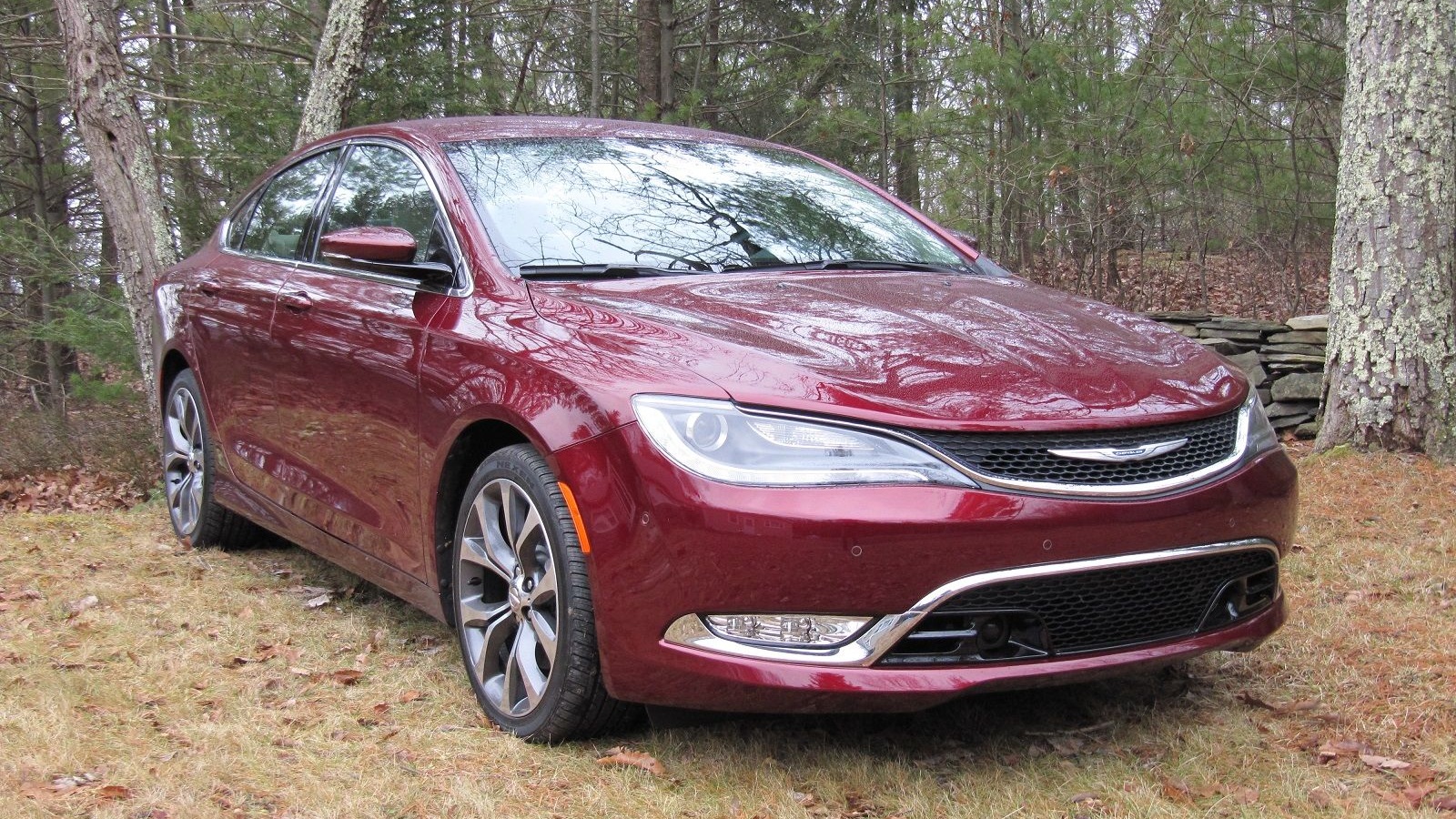
Interior electronics were no saving grace either. The Uconnect system, while visually impressive, was prone to freezing or crashing, and climate control systems had inconsistent performance.
Meanwhile, trim pieces and seat materials wore out faster than rivals, and rear-seat space was notably cramped for a midsize sedan.
We’re including the Chrysler 200 because it perfectly embodies a vehicle that looks promising but breaks your trust (and your wallet) after the honeymoon phase.
While it may feel refined at first, ownership beyond 60,000 miles is frequently defined by expensive engine or transmission repairs.
Ultimately, the 200 became such a reliability liability that Chrysler discontinued it entirely by 2017—a rare admission of defeat in a crowded market.
5. 2011–2014 Hyundai Sonata (2.4L GDI Engine)
The 2011–2014 Hyundai Sonata was a game-changer at launch. It boasted a sleek, modern design, strong fuel economy, and a roomy interior—all at a price that undercut its rivals.
It quickly became one of Hyundai’s best-selling sedans and was widely praised for giving buyers more for less.
But as the miles added up and warranties expired, so did the initial goodwill. Beneath the surface, this Sonata hid a serious flaw: engine failure due to poor internal design and manufacturing issues.
The culprit is the 2.4L GDI (Gasoline Direct Injection) engine, which suffered from premature bearing wear, piston skirt damage, and debris left inside the engine during assembly.
These flaws led to engine knocking, oil starvation, and in worst cases, complete engine seizure.
Though Hyundai eventually extended warranties and offered some recalls, many owners were left in limbo—stuck with expensive repairs or total engine replacements if they were outside of program terms or failed to catch the issue in time.
Compounding the problem was the fact that symptoms often appeared after the standard 60,000-mile powertrain warranty, especially for second-hand buyers unaware of the risk. A failed engine typically cost between $4,000 and $6,000 to replace, often totaling out the vehicle entirely.
Transmission reliability wasn’t stellar either. Some owners reported harsh downshifts, delayed engagement, and shuddering, particularly as the cars aged.
Add to that a cabin that began to show signs of wear prematurely—peeling trim, broken sunroofs, and glitchy infotainment systems—and the Sonata’s appeal quickly diminished in long-term ownership.

We’re including the 2011–2014 Sonata because it serves as a hard lesson in hidden weaknesses.
While it looked like the perfect value buy, many of these sedans turned into liabilities once the factory warranty expired. Even with good maintenance records, the inherent flaws in engine construction have made long-term ownership a risky bet.
Hyundai has since improved its engineering and quality control, but this generation of Sonata remains a cautionary tale. If you’re considering one secondhand, check the VIN for recall work and be prepared for a potential engine replacement—or better yet, walk away.
When it comes to sedans, looks, features, and a low monthly payment can be deceiving. As we’ve seen, the true test of a sedan isn’t how it drives off the lot—it’s how it holds up after years of real-world use.
The difference between a car that can be confidently passed down and one that becomes a money pit often lies in the choices made deep in its engineering: the reliability of the drivetrain, the quality of materials, and the manufacturer’s long-term support strategy.
Sedans like the Toyota Camry, Honda Accord, Subaru Legacy, Lexus ES 350, and Mazda6 weren’t just built to satisfy during a test drive—they were built to endure. These cars prove their worth over time, outlasting trends and newer tech-laden models.
Their reputation for durability, ease of maintenance, and mechanical simplicity makes them ideal for hand-me-down duty, continuing to serve families reliably long after the first owner.
On the other hand, sedans like the Ford Focus, Volkswagen Passat, Nissan Altima, Chrysler 200, and Hyundai Sonata (GDI) remind us that flashy design and new technology can mask deep reliability issues.
Many of these vehicles suffer from transmission failures, oil-burning engines, poor build quality, or software bugs that surface right after warranties expire—transforming a budget-friendly purchase into an ownership nightmare.
The lesson here is simple but vital: if you’re buying a sedan with the intention of keeping it for the long haul—or handing it down to the next driver in your family—choose substance over style, and track record over trendiness.
A well-built sedan is more than just transportation; it’s a reliable companion, a financial safeguard, and sometimes even a teaching tool for young drivers.
In the end, your best long-term bet isn’t the car that impresses you in the showroom—it’s the one that still runs strong after ten years, with no warning lights and no drama. That’s the sedan worth investing in—and passing on.
Also Read: 5 Oil-Efficient Cars and 5 That Constantly Burn It

